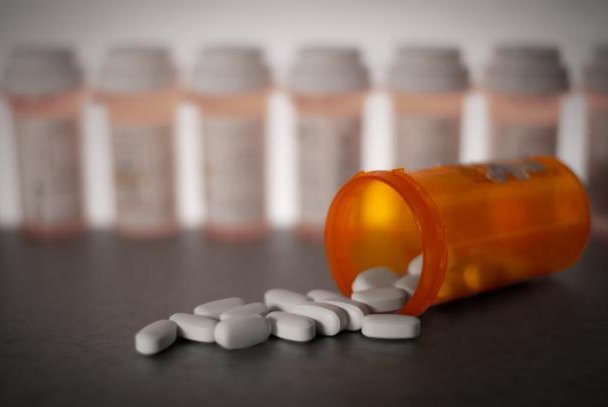Only 8 percent of urological cancer patients who underwent robotic surgery left the hospital with opioid prescriptions during a trial of a new pain management protocol. Photo by Penn Medicine
May 22 (UPI) -- A new protocol has significantly reduced the required amount of opioid prescriptions for cancer patients after surgery, new research shows.
After going through a new pain management protocol, only 8 percent of urological cancer patients who underwent robotic surgery received opioid prescriptions, according to a study presented Wednesday at the American Society of Clinical Oncology Annual Meeting. And patients who did receive prescriptions left with fewer pills than they would have in years past.
"The key to our program was to start patients with over the counter medications, then escalate them as needed," Dr. Ruchika Talwar, a resident in urology at the Perelmen School of Medicine at the University of Pennsylvania and lead author on the study, said in a press release. "This means patients whose pain can be managed without opioids never end up getting them in the first place, while patients whose pain warrants these prescriptions receive them when needed."
The researchers examined robotic urological surgeries that involved patients who had a removal of the prostate and at least the partial removal or radical removal of the kidney. Guidelines normally require these patients to return home with between 15 and 45 opioid pills.
In September 2018, the researchers launched a new program that switched out opioids for gabapentin and acetaminophen at the beginning of surgeries. Patients continued to receive dosages of those painkillers, as well as IV drips of ketorolac, every eight hours following the procedure.
Of the 170 patients who took part in the program from September 2018 to January 2019, 68 percent left the hospital without opioid prescriptions. That's added to 24 percent who only took home tramadol, a non-narcotic opioid drug. Patients only received oxycodone, an opioid, if their pain continued -- and only received 10 pills, in those cases.
While tramadol is viewed as a "safer" alternative to narcotic opioids, one study shows it has a longer usage rate.
"There have been calls to go opioid-free, but some patients do need them, and our data indicate that among our patients, everyone's pain was controlled after surgery," Talwar said.
Roughly 6 percent of cancer patients who take opioids after surgeries become addicted to them. Overall, cancer patients have a 10 times higher risk of becoming addicted to opioids than the general population.
In addition to helping patients avoid addiction, the program also can help keep opioids out of homes, which prevents other people from getting access to them, Talwar said.
"Every practice is different, and so our next goal is to test this approach in a multi-institutional study, but we felt it was important to share our success to start the conversation about how other centers may want to implement something like this," Thomas J. Guzzo, chief of urology at Perelman and study senior author.















